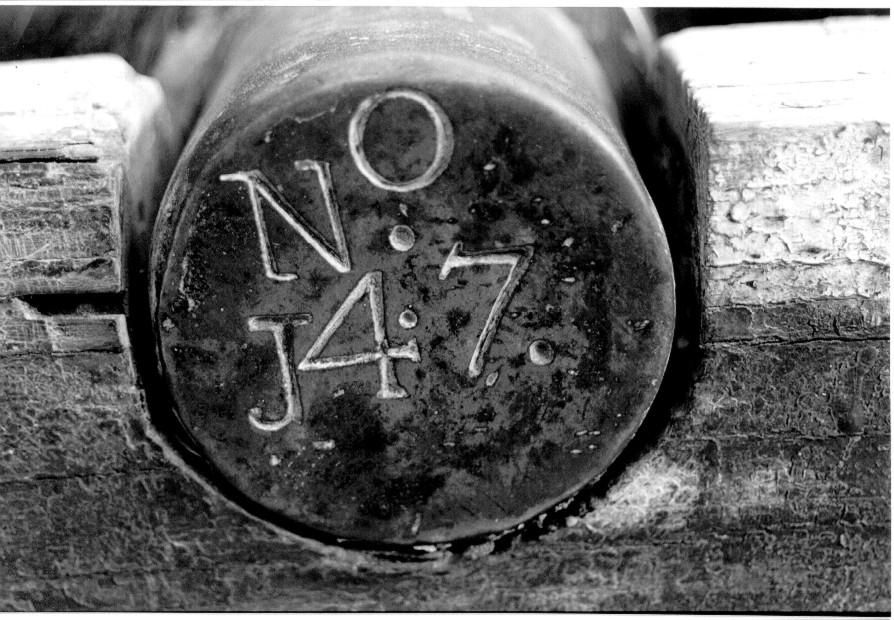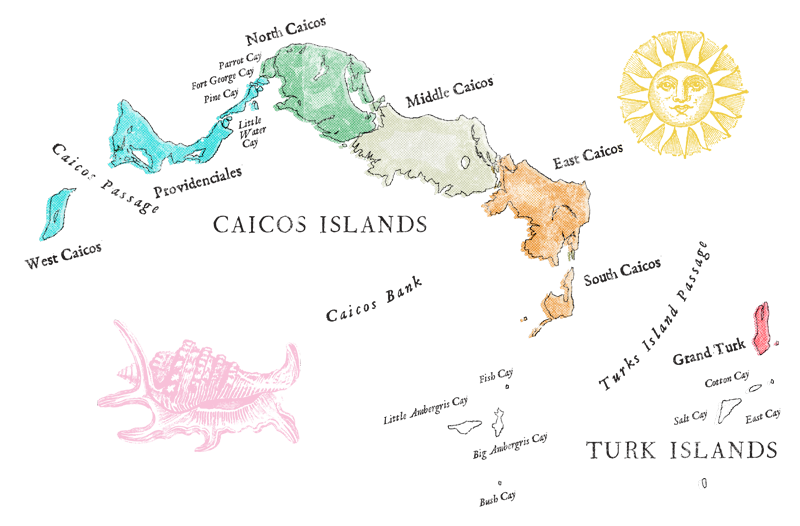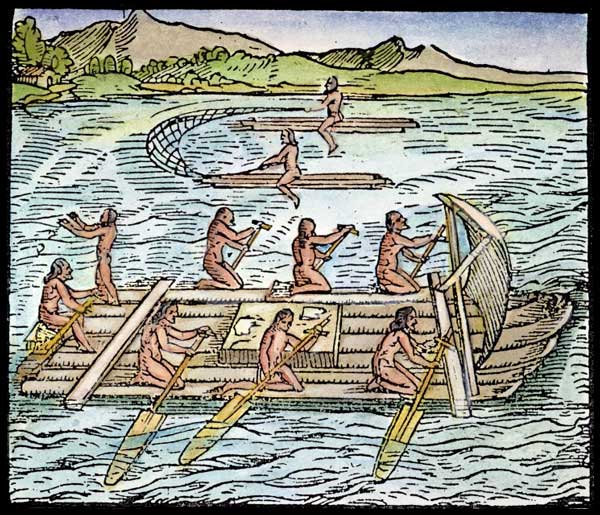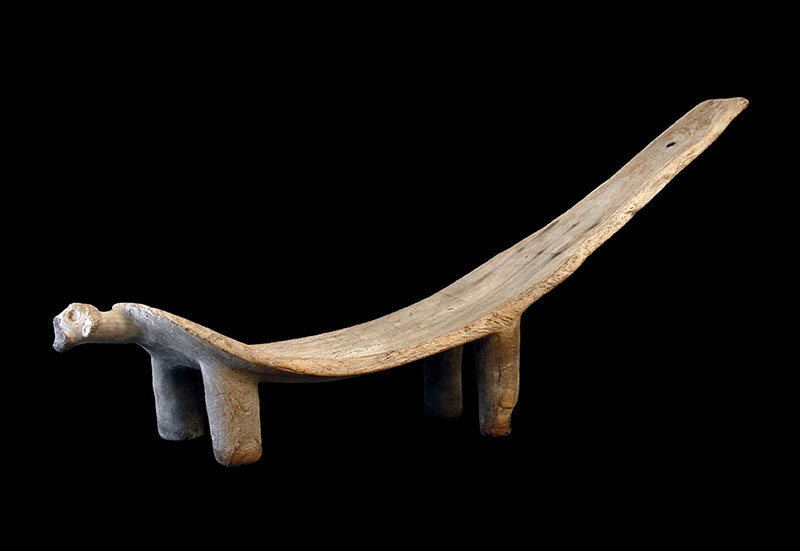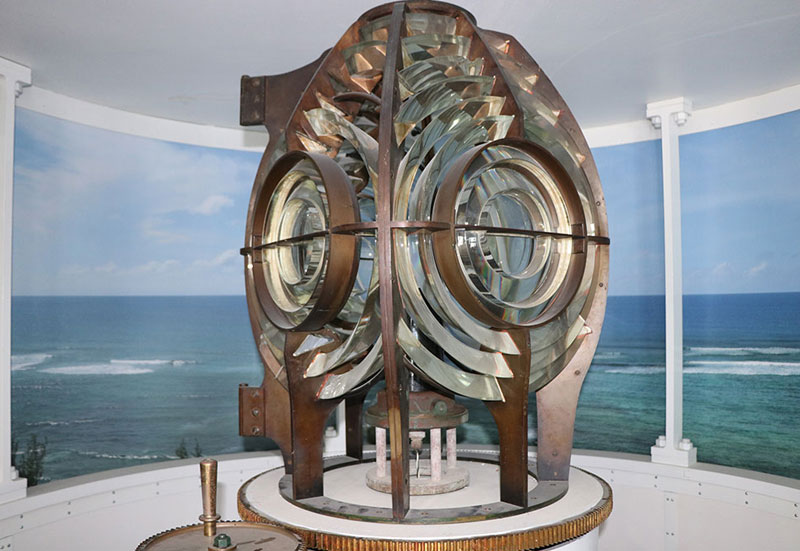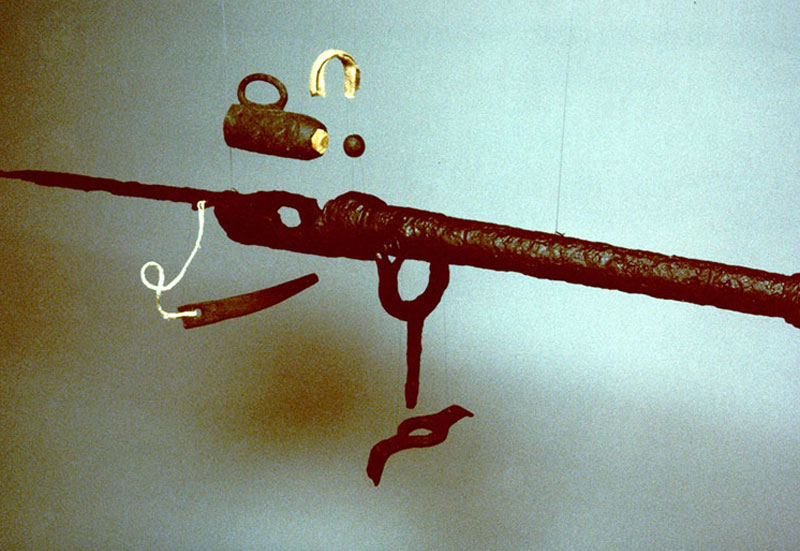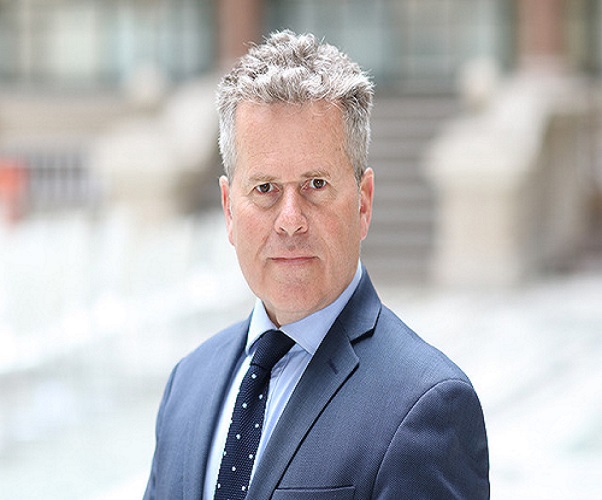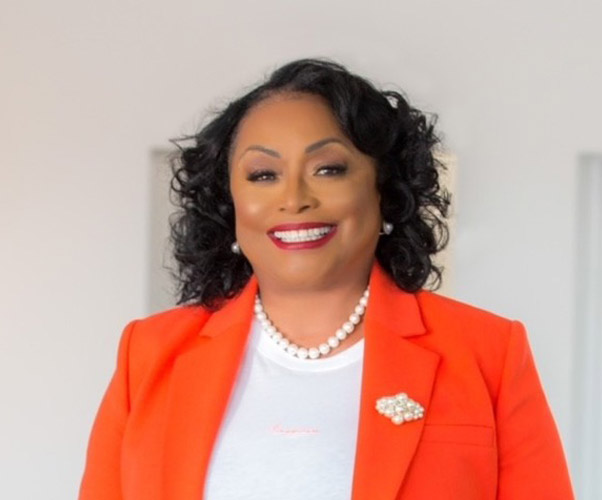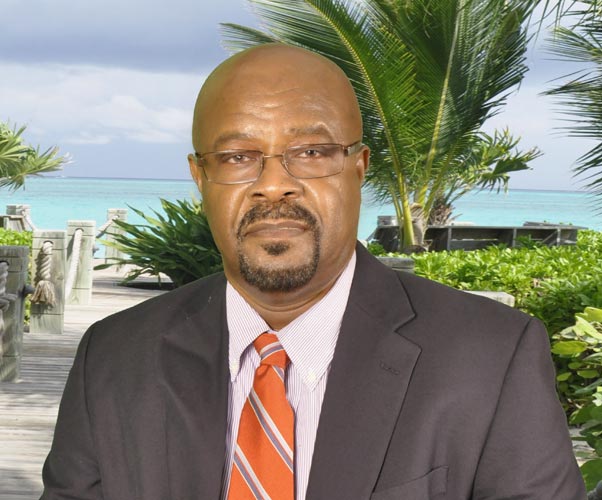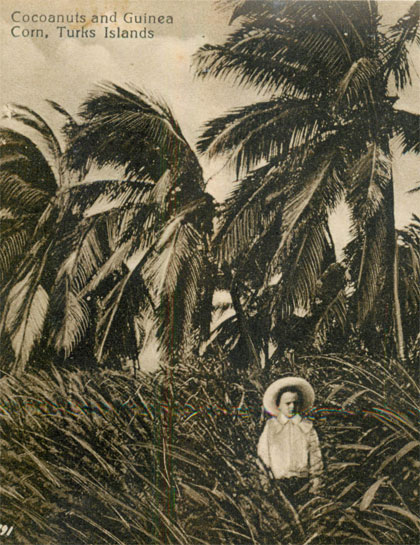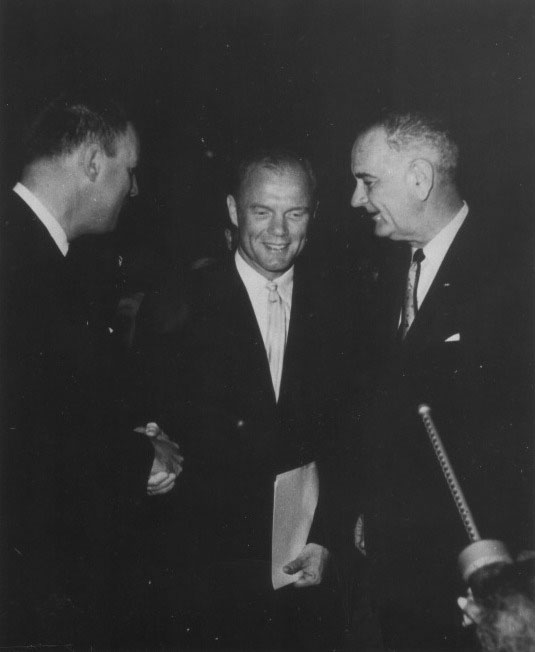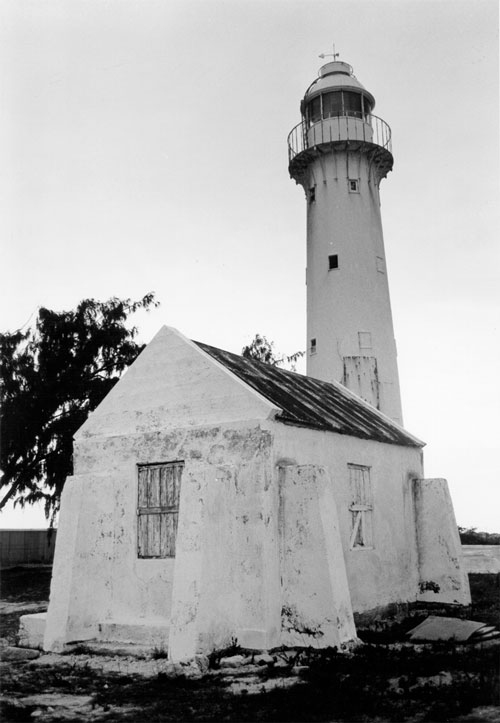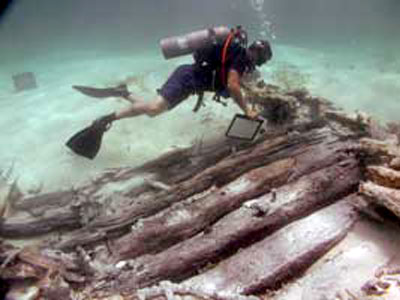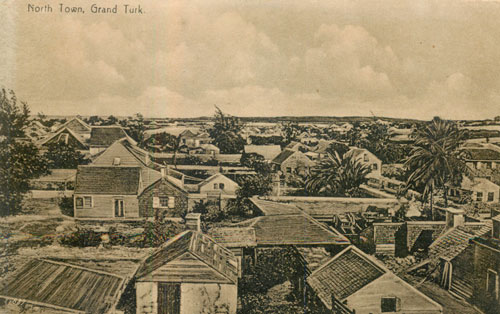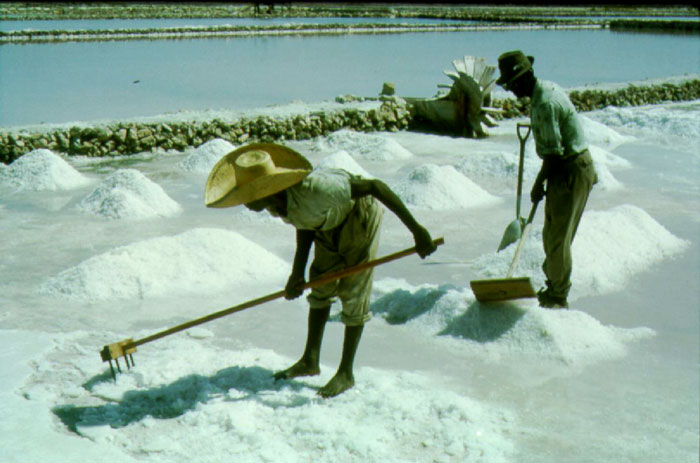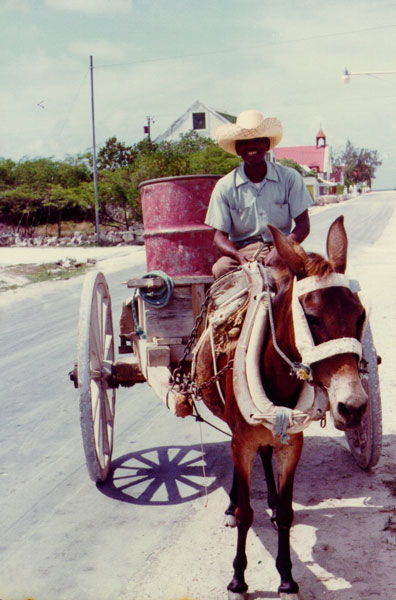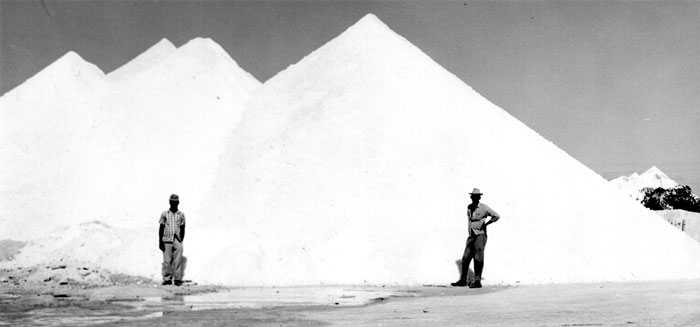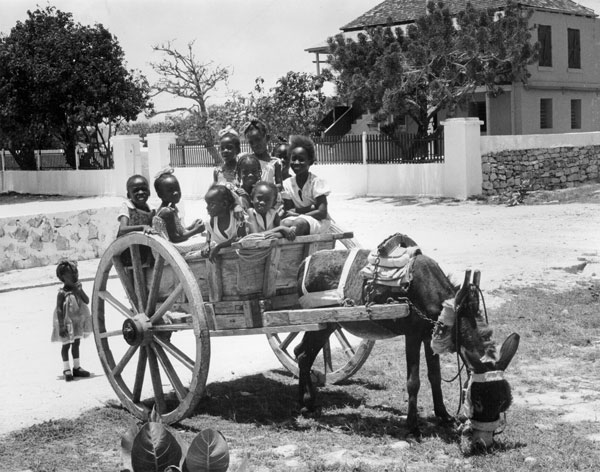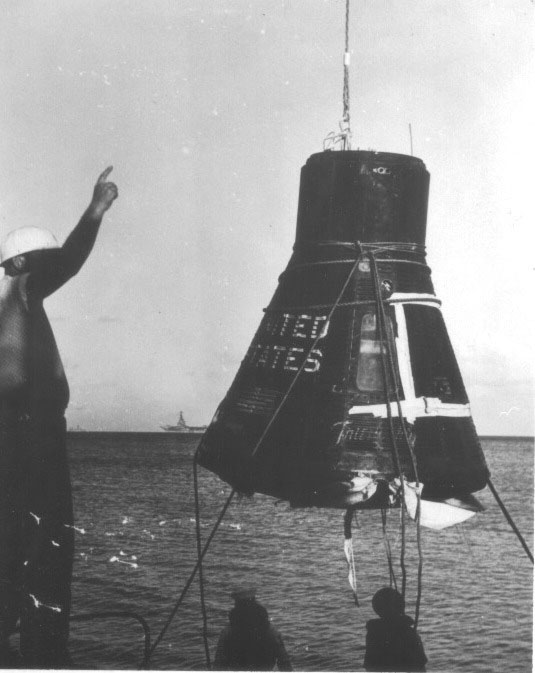How to Read a Cannon
Anyone who has had the opportunity to visit Waterloo, the Governor’s Residence on Grand Turk, will probably have noticed a small bronze cannon mounted on a wooden naval gun carriage just beside the main entrance.
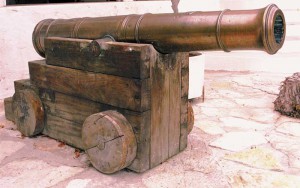 Cannons, like coins, frequently contain a great deal of information about who made them, where, when, and why. Bronze cannons are relatively rare, perhaps because bronze retains considerable value as scrap metal and is frequently recycled, particularly during times of war. Those guns that have survived often provide a wealth of historical information. They are almost always more ornate than common iron guns. Because they corrode only very slowly, the markings remain visible even after the passage of centuries. The “Governor’s Cannon” is no exception.
Cannons, like coins, frequently contain a great deal of information about who made them, where, when, and why. Bronze cannons are relatively rare, perhaps because bronze retains considerable value as scrap metal and is frequently recycled, particularly during times of war. Those guns that have survived often provide a wealth of historical information. They are almost always more ornate than common iron guns. Because they corrode only very slowly, the markings remain visible even after the passage of centuries. The “Governor’s Cannon” is no exception.
In order to decipher the information embedded in such a cannon, it is necessary to know a little about technology, a lot about history . . . and to have friends in Europe who can be called upon to look things up! The trick to wringing information from a cannon is not having an encyclopedic knowledge of all cannons, but rather knowing how to record it in sufficient detail to show someone on the other side of the world exactly what it looks like. Photographs are nice, but cannon experts prefer to work from detailed scale drawings. Such a drawing will require something on the order of one hundred measurements—everything from the diameter of the vent to the length of the first reinforce.
There is a specialized vocabulary for the different parts of a cannon. Without getting carried away with terms like chaplets, acanthus patterns, and ogees, these are a few basic terms:
- the end from which the projectile emerges is the muzzle
- the end with the round knob is the breech
- the round knob attached to the breech is the cascabel, which means bell in Spanish
- the short arms projecting from the sides of the barrel about half way down its length are the trunnions. They allow the cannon to be mounted on a carriage. When a military unit was in danger of having its guns captured, it was common practice to knock off the trunnions, rendering the cannons useless.
For better or for worse, firearms have been with us so long that they have become part of our culture and our vocabulary. For example, everyone is familiar with the phrase, “lock, stock, and barrel.”
While some believe it refers to the furnishings of an old-fashioned general store, it actually names the three principal parts of a gun: the lock is the trigger and firing mechanism, the stock is the wooden part, and the barrel is—the barrel.
Anyone who has not already guessed the origin of the term “a loose cannon” to describe someone unpredictable and out of control needs only read a brief but lively eye-witness account by Victor Hugo of how a loose cannon nearly sank a ship on which he had taken passage. Beethoven wrote the sound of artillery into his famous 1812 Overture. Fireworks on the Fourth of July are non-lethal recreations of cannon fire.
Using our photos, drawings, and observations, Mr. Robert Smith (Head of Conservation at the Royal Armoury in Leeds, England) and Mr. Rudi Roth (then Secretary of the Ordnance Society and world-class authority on muzzle-loading ordnance) told us when, where, and by whom the cannon was made.
The cannon’s markings from the muzzle to the breech:
A raised design cast into the cannon’s surface consisting of a cursive L surmounted by a baronet’s or First Lord’s crown. “The crowned L on the chase is the cipher of the Master General of the Ordnance at the time John, 1st Earl Ligonier, in office from the 1st July 1759 to 13th May 1763. ” —Rudi Roth
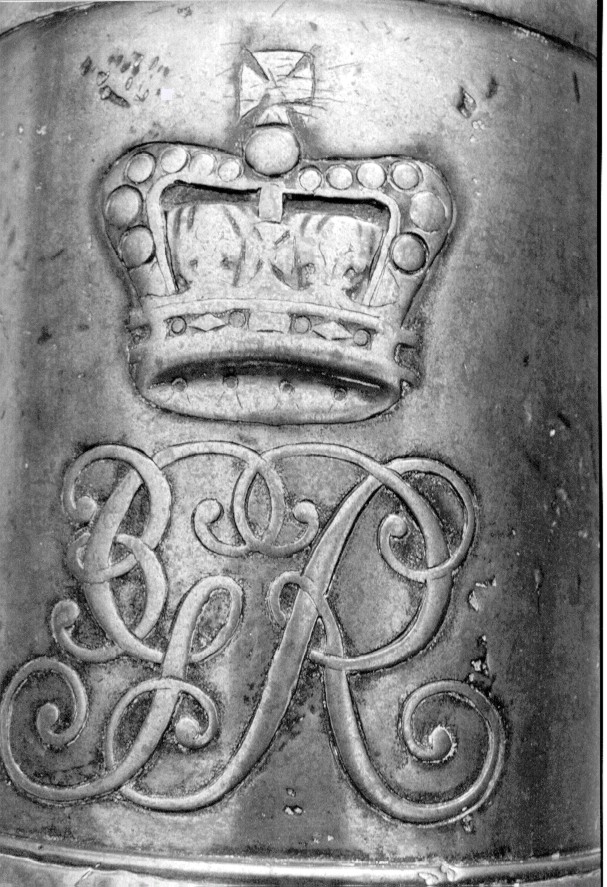 The cipher of the Master General of the Ordnance narrows the period of King George III’s reign (see immediately below) during which the gun could have been made to 1759–1763. However, the precise year in which the gun was cast appears as the last four characters of the base ring inscription described further below.
The cipher of the Master General of the Ordnance narrows the period of King George III’s reign (see immediately below) during which the gun could have been made to 1759–1763. However, the precise year in which the gun was cast appears as the last four characters of the base ring inscription described further below.
Another crown and the number 3 intertwine with the letters G and R.
“The GR entwined with a 3 under a crown is, of course, the cipher of King George III.” —Robert Smith
Thus, we know the cannon is English, was paid for by the Crown, and was cast during the reign of King George III (1760–1820). A raised decoration surrounds the vent, the point from which the powder charge inside the cannon is ignited. The vent, or touch-hole, was sleeved with another type of metal.
“The No. 147 [J47?] on the right trunnion face is the Unit Number of the gun as applied by the Foundry. It is not known what system of numbering Gilpin used. Most common is chronological numbers of each caliber and sometimes also for each length/pattern. Under this assumption, one may conclude that Gilpin cast at least 147 six-pounders of different lengths and pattern or, less likely, 147 six-pounders of the above pattern.” —Rudi Roth
“The markings on the breech are the weight of the piece in hundredweight, quarters, and pounds. . . it looks like the gun weighs 5–I–5, the dashes between the numbers are quite normal.” —Robert Smith. The weight stamped into the breech would translate to 593 pounds of 454 grams each. A British hundredweight is 112 pounds and quarter-hundredweight is 28 pounds: 5+112 + 1+28 + 5+1 = 593.
Both authorities agreed that the cannon is an English bronze light 6-pounder of the Armstrong/Frederic pattern of 4’6″ and 4 3/4 hundredweight. The odd ring located beneath the neck of the cascabel is an elevation screw lug, which enabled gunners to elevate or depress the barrel to change the gun’s range. The presence of this screw lug means that the cannon was designed to be mounted in a field carriage, not in a naval carriage, as it is presently displayed. Partially illegible raised markings (see photo above) on the base ring appear to read in a clockwise pattern:
R.GII P I
CII.1761
“What I can see (somewhat easier if one knows what one is looking for) is the following: )R. GIL — —CIT.1761(. There is no other gunfounder’s mark of this or other periods which fits the remaining letters. The visible parts of the gun confirm its pattern, period, nationality, and once more the fashion and location of the weight and trunnion mark. I am quite certain that the inscription was or is indeed: R.GILPIN FECIT.1761” —Rudi Roth
Mr. Smith verified that the first part of the inscription on the base ring gives the first initial and last name of the gunfounder who made the cannon: Richard Gilpin, a brass and shot founder of Stoney Street, Southwark, London, active from about 1751 to 1770.
Mr. Roth also provided the preliminary results of efforts to identify the cannon through archival research. His research located an entry in the Bill Books, in which are recorded payments by the Crown to all private contractors, to the effect that a Warrant or order issued to R. Gilpin on 17 July 1760 for 12 6-pounder cannons of 4’6″ with an average weight of 568 pounds, was paid on 7 April 1761. It is possible that this entry is as close to a “birth certificate” for the founding of the Governor’s Cannon as will ever be found, because cannons were usually ordered in lots and payments were made for the weight of cast metal, not for individual guns.
Hence, we can be certain that the Governor’s Cannon was cast in 1761, making it over 240 years old.
How did it get to Grand Turk? Here, we can only speculate. The cannon design is that of a field piece, so it was never mounted on a naval gun carriage or used at sea. This information is supported by the fact that although the cannon’s surface of the Governor’s Cannon is badly worn, there is no evidence of marine encrustation, so it does not appear to have come from the sea or to have been involved in a shipwreck.
Mr. Smith suggests that “it could have been taken there by a regiment or similar force either in the 18th century or subsequently. It was not intended as a battery piece and so was not used in fortresses. It is also likely that it could have been sent as a decorative piece at some stage.” Mr. Roth’s observations about the post-service histories of such cannons suggest still another possibility: “Such nice-looking brass guns were then used to decorate private mansions, [and] army establishments but they were also used as signal guns on signal stations and lighthouses along the coast because they were easy to maintain, did not rust like iron guns, looked good and were perfectly sufficient for the purpose.”
Could the Governor’s Cannon have been sent to Grand Turk as an accessory to the lighthouse built at the northern tip of the island in 1852? Or was it brought as an ornament to the Governor’s residence? Perhaps more research will reveal the answer to the question of how the cannon arrived in the Turks and Caicos Islands.
